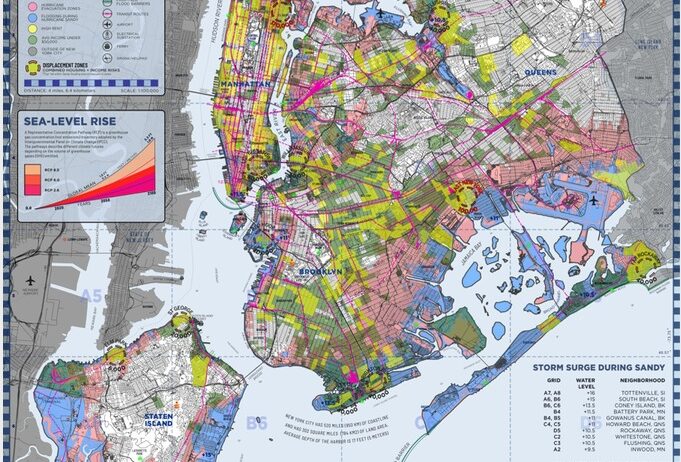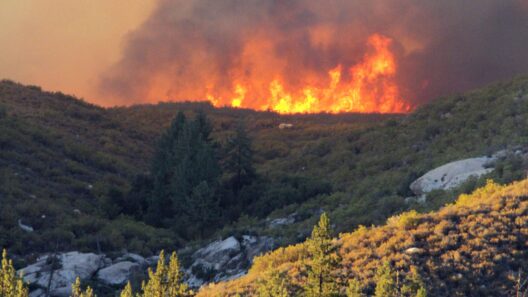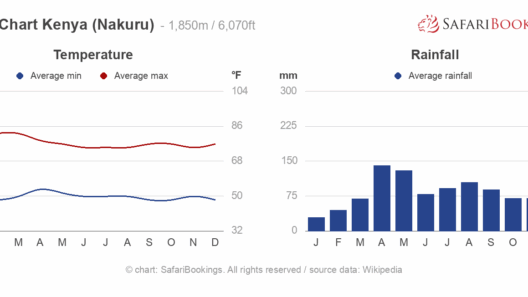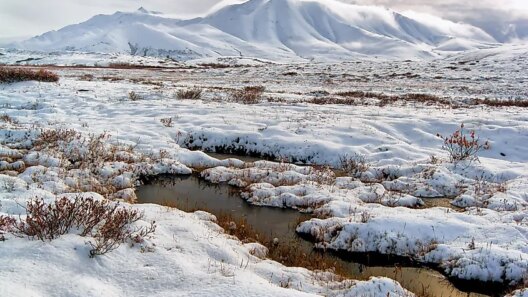When one thinks of New York City, vibrant street life, iconic architecture, and a bustling culture come to mind. However, there exists a lesser-known yet equally significant aspect of this metropolis: its climate zone. What climate zone is New York City, you may ponder? The answer unfolds a tapestry of ecological intricacies and urban challenges. Specifically, New York City falls within the humid subtropical climate classification, with elements of a temperate oceanic climate, as its geographical coordinates place it at the northern limits of this zone. This classification encapsulates the city’s weather patterns, which are instrumental in understanding climate change’s implications.
The humid subtropical climate, characterized by hot, humid summers and cool to mild winters, has profound implications for the city’s flora, fauna, and, most critically, its inhabitants. The average temperatures soar to around 86°F (30°C) during the summer months, often exacerbated by the urban heat island effect, which traps heat in densely populated areas. In stark contrast, winter temperatures can plummet to an average of 32°F (0°C), requiring residents to adapt to a range of climatic extremes. How does this dichotomy influence New Yorkers’ daily lives?
As seasons change, so do the environmental challenges that accompany them. The summer months bring an abundance of precipitation—approximately 4 inches in July alone—which can exacerbate flooding problems in low-lying areas. This brings forth an imperative question: how prepared is New York City to combat the impacts of water management during these rain-laden summer months? Urban planning has evolved to address such issues, incorporating advanced stormwater management systems and green infrastructure to mitigate flooding risks.
Winter, on the other hand, ushers in a different battle. Snow can pile high, with an average annual snowfall reaching nearly 30 inches. The challenges of snow removal, coupled with icy conditions, pose substantial safety threats for both pedestrians and vehicles. Moreover, these weather patterns might suggest a fleeting incidence of winter sports or activities. Yet, as climate anomalies arise, how these seasons evolve may render some erstwhile traditional winter pastimes a distant memory.
Furthermore, the ecological implications of this climate zone are noteworthy. The urban landscape is home to myriad plant and animal species that thrive in these climatic conditions. Urban green spaces like Central Park and the High Line serve as vital ecosystems within the city, offering habitat to a myriad of wildlife. However, climate change threatens the delicate balance of these ecosystems. The phenomenon known as phenological mismatch, wherein the timing of plant blooming and animal behavior becomes disjointed, is becoming increasingly prevalent. Does this phenomenon signify a preview of an ecological shift that may be irreversible?
In exploring New York’s climate zone, it becomes clear that urban heat dynamics play a significant role. The city’s extensive concrete and asphalt surfaces absorb and retain heat, leading to neighborhoods that can experience temperatures up to 5°F warmer than outlying areas. This urban heat island effect raises critical conversations about equity and sustainability: Are all neighborhoods equally prepared for the sweltering summers? The challenge lies not only in mitigating heat but also in ensuring that all residents have access to cooling resources and green spaces that can alleviate the burdens of extreme temperatures.
Moreover, the potential for rising sea levels associated with climate change is an existential threat that looms over New York City. With much of its infrastructure lying below sea level or near the coast, a rising tide could lead not only to chronic flooding but also to infrastructural compromise. Consequently, urban resilience strategies are being adopted, which include sea walls, wetlands restoration, and innovative building designs to withstand future deluge. The question arises: will these measures suffice in the relentless face of climate change?
New York City has initiated a commendable journey toward sustainability, aiming to reduce greenhouse gas emissions while protecting its residents from climate impacts. The “OneNYC” plan strives to integrate climate action into all aspects of urban planning and governance, promoting renewable energy sources and energy-efficient buildings. However, the effectiveness of such ambitious plans hinges on collective action and active participation from all sectors of society. Do the citizens of New York City perceive climate change as a shared responsibility or a looming uncertainty?
As the impacts of climate change become increasingly tangible, awareness and education become paramount. Local organizations and educational institutions are making strides to illuminate climate-related issues, empowering citizens with knowledge and resources. The challenge ahead is significant, as effective communication about climate issues can facilitate community involvement. How can residents organize and advocate for policies that bridge the gaps in understanding and action?
In conclusion, New York City’s classification as a humid subtropical climate brings forth a series of environmental challenges and responsibilities. Each season exemplifies the city’s resilience while also revealing vulnerabilities exacerbated by climate change. As stewards of this urban landscape, it is essential to recognize the part every individual plays in fostering sustainable practices and advocating for climate justice. The enduring question persists: what will each of us do to ensure that future generations can experience the vibrant seasons of New York without the looming shadow of climate instability?







